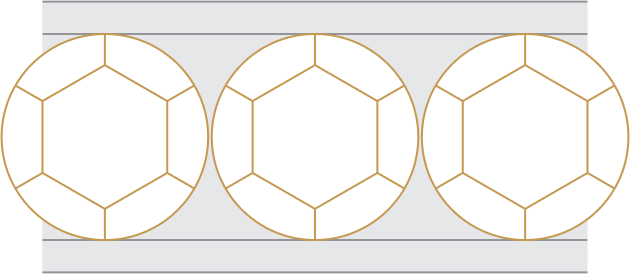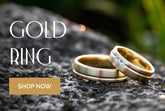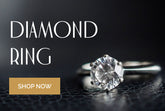Prong Setting
This is the most common ring setting because of it's clean, timeless look. Prongs can have different shapes (claw, rounded, flat) and can feature four to six prongs. This setting is used to highlight the beauty of the diamond and bring attention to the stone. Since the prongs are inconspicuous, this ring setting is popular for larger carat clear diamonds and colored gemstones.
While this ring setting is unfailing, it comes with its fair share of disadvantages. Prong settings are prone to snagging on clothes and colliding with objects since it is protruding above the rest of the ring. The prongs may also loosen over time, that's why it is recommended to have a regular check in with your local jeweler to monitor and adjust the prongs as needed.


















